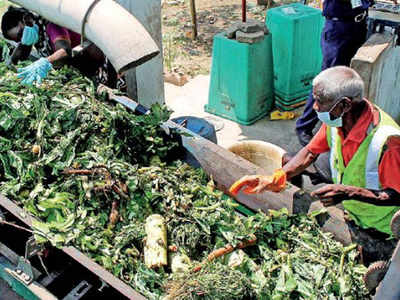The Hindu 03.05.2013
A technology that makes the most of the plastic waste
The technology is used for laying “all-weather roads”
From October 4, 2002, when the first ‘plastic road’ was
laid on Lenin Street, Kovilpatti in Tuticorin district, the technology
of using waste plastic with stone for laying roads has come a long way.
Developed
by the Department of Chemistry of Thiagarajar College of Engineering,
Madurai, in 2001 and patented in 2002, the technology has been literally
going places. It is now used in several other States, including Kerala,
West Bengal and Himachal Pradesh, to lay “all-weather” roads.
It
has also come as an answer to municipal solid waste management. Plastic
is common man’s friend and its disposal is a human problem, says R.
Vasudevan, who led the research into use of waste plastic for road
laying.
According to him, used plastic comprises 2.8
per cent of municipal solid waste in Chennai, compared to 1.46 per cent
of Delhi, 1.54 per cent of Kolkata and 0.9 per cent of Bangalore.
Disposal of waste plastic either by burning or land filling is hazardous
to the environment. The plastic road process involves shredding of
waste plastic to small pieces (1.6 to 2.5 mm) and mixing with aggregate
at a temperature of 170 degree C. Molten plastic waste laminates the
stone in 30 seconds and plastic coated aggregate is added to bitumen for
laying roads. The strength of the road gets doubled when plastic is
used, says Dr. Vasudevan.
It can withstand heavy load
and traffic and is not affected by water stagnation. Its minimum life
is seven years, with zero maintenance. Performance studies carried out
on plastic roads in Tamil Nadu, under Central Road Research Institute
specifications, have shown “good results.” It is an in situ process and
can be easily adopted, without use of additional machinery. There is no
investment but only saving. Waste plastic found along road flanks in any
area is enough for value addition, he says.


